The lat pulldown is one of the most effective exercises for strengthening your back, especially the latissimus dorsi (lats). It’s a staple in any well-rounded strength training routine, yet its complexity often goes unnoticed. In this guide, we’ll dive deep into the lat pulldown exercise, exploring the movement, grip variations, and the muscles involved, all while providing helpful tips to elevate your training.
Understanding the Lat Pulldown
The lat pulldown, similar to the bent-over row, is a compound movement that targets multiple muscle groups in your back, shoulders, and arms. Despite being less researched than exercises like the squat or bench press, the lat pulldown remains a popular choice for building upper-body strength.
Muscles Targeted in the Lat Pulldown
- Primary Muscle (Agonist): Latissimus Dorsi (the largest back muscle)
- Synergists: Teres Major, Posterior Deltoid, Trapezius, Rhomboids, Levator Scapulae, Biceps Brachii, Brachialis/Brachioradialis
- Stabilizers: Triceps Brachii, Rotator Cuff
These muscles work together to pull the bar towards your chest during the concentric phase (when the muscle shortens) and control the return during the eccentric phase (when the muscle lengthens). Understanding how these muscles function can help you optimize your technique and maximize gains.
Proper Technique for the Lat Pulldown
Performing the lat pulldown correctly is key to avoiding injury and ensuring you get the most out of the exercise. Here’s a step-by-step guide to perfect your form:
- Set up the machine: Adjust the knee pads so they fit snugly above your thighs, keeping your feet flat on the ground and your torso stable.
- Grip the bar: Start with a pronated grip (palms facing forward), hands positioned shoulder-width apart or slightly wider.
- Posture: Slightly lean your torso back at a 20-30° angle. Engage your core by drawing in your abdomen to stabilize the spine and maintain a neutral position throughout the movement.
- Movement: Pull the bar down towards your chest by flexing your elbows and retracting your shoulder blades (scapulae). Keep your shoulders relaxed, avoiding shrugging or arching your lower back.
- Controlled return: Slowly return the bar to the starting position, ensuring your elbows fully extend and your shoulder blades rotate upward.
Common Mistakes to Avoid:
- Excessive lumbar extension (arching the lower back)
- Jutting the head forward
- Using momentum by swinging the torso
- Shrugging the shoulders
Grip Variations and Their Impact
One of the most interesting aspects of the lat pulldown is the variety of grip positions you can use, each offering slightly different benefits:
- Pronated Wide-Grip: A wide, overhand grip emphasizes the latissimus dorsi, especially during the eccentric phase of the movement.
- Pronated Narrow-Grip: A narrow grip shifts some of the focus to the biceps, with slightly less lat engagement.
- Supinated-Grip (Underhand): This grip engages the biceps more than a pronated grip, but the lats still play a major role.
- Neutral-Grip: The hands are parallel, offering a balance between bicep and lat engagement.
Lat Pulldown vs. Pull-ups: Which is Better?
Both lat pulldowns and pull-ups target the back muscles, but they differ in one key aspect: lat pulldowns are an open-chain exercise, while pull-ups are a closed-chain exercise. Closed-chain exercises, like pull-ups, tend to recruit more muscle fibers and are often considered more functional. However, lat pulldowns remain an excellent alternative for those who struggle with pull-ups or want to isolate their back muscles more effectively.
Technique Recommendations
For beginners, it’s important to prioritize form over weight. Start with lighter loads and focus on shoulder blade retraction, maintaining a stable core, and executing smooth, controlled movements. As you gain confidence, experiment with different grip positions and gradually increase the weight.
Final Tips for a Stronger Back
Incorporating a mix of lat pulldown and pull-up exercises into your routine will help you achieve better back development. Remember, the key to success lies in consistent technique and gradual progression. Whether you’re a beginner or a seasoned athlete, the lat pulldown offers a versatile way to strengthen your back and arms, with countless variations to keep your training fresh.












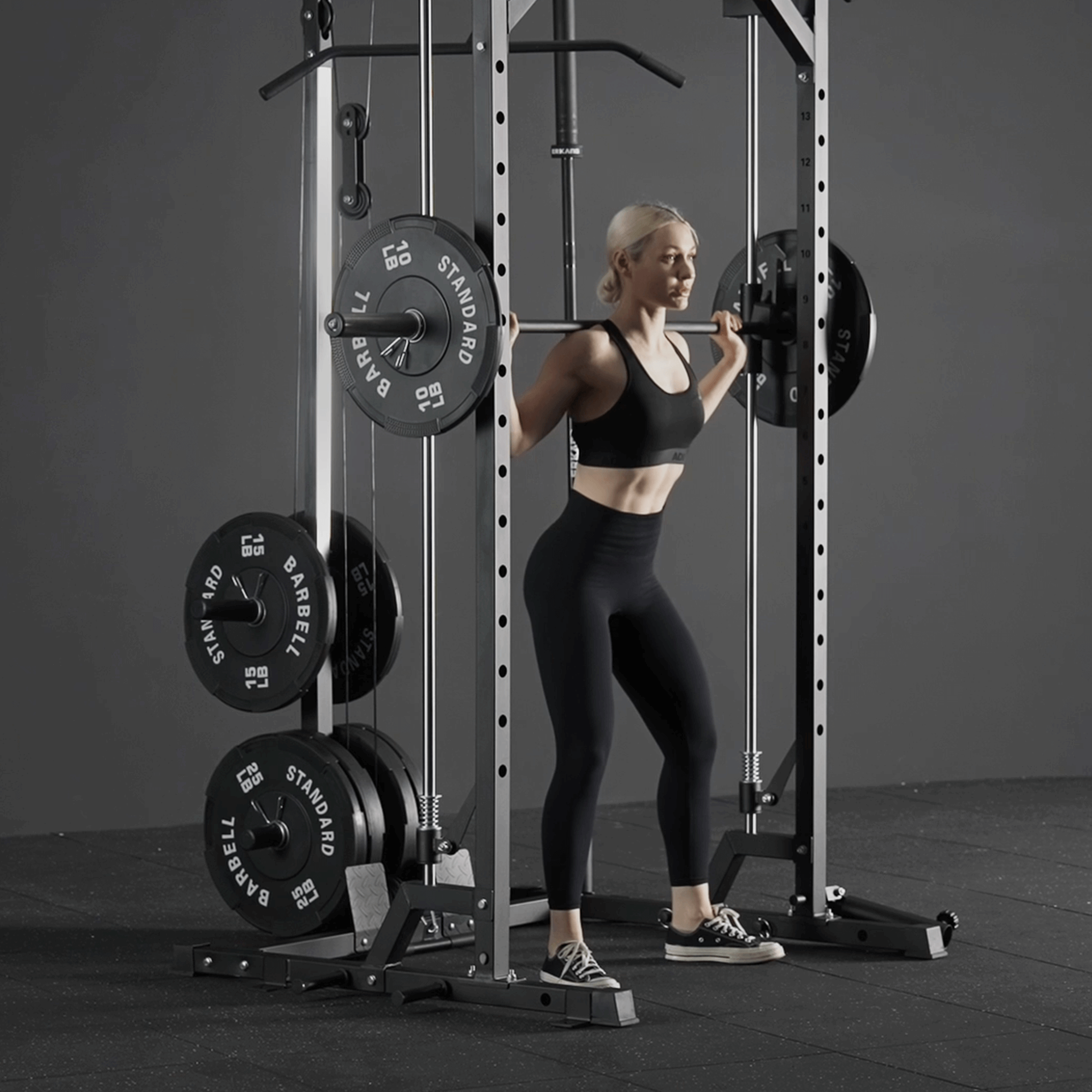






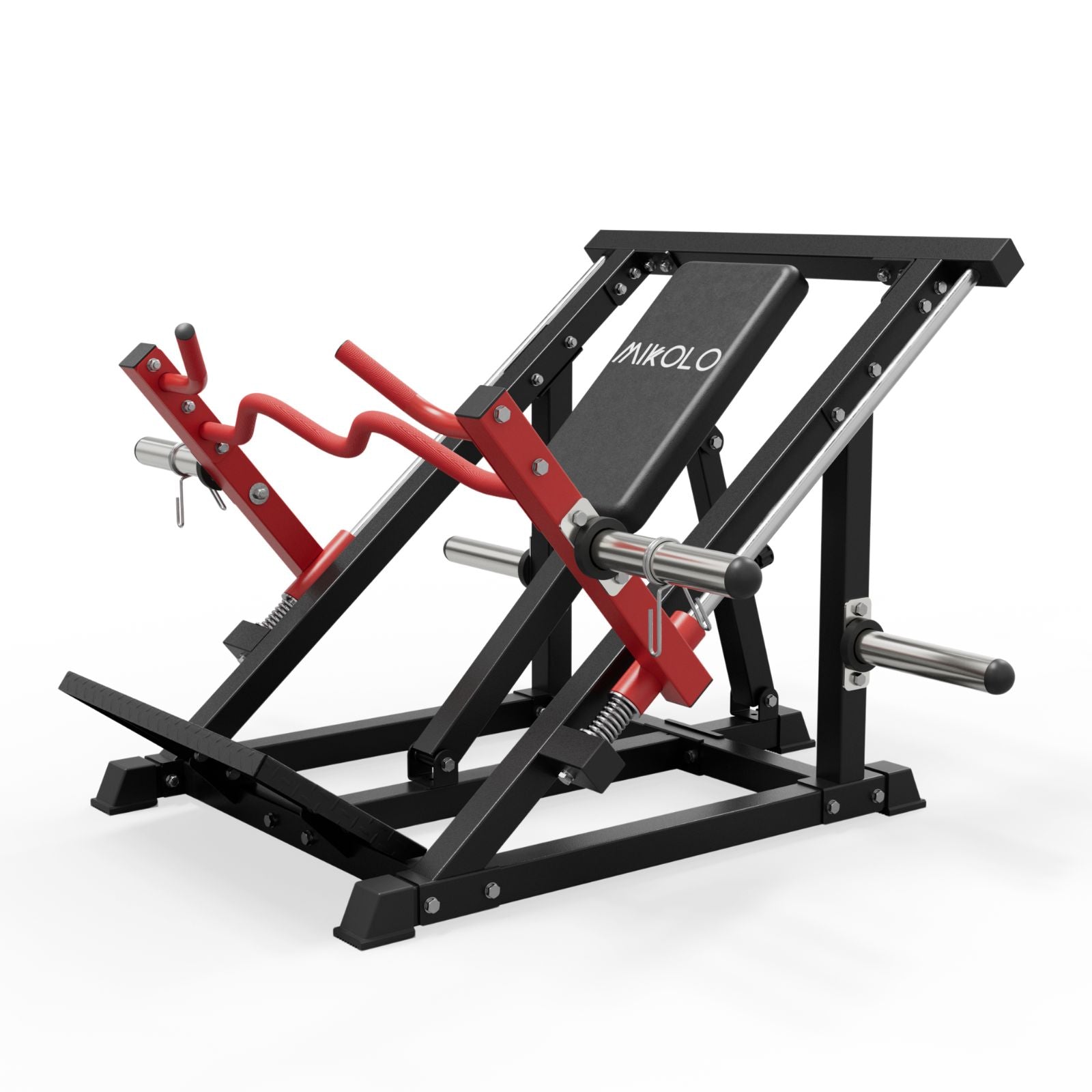

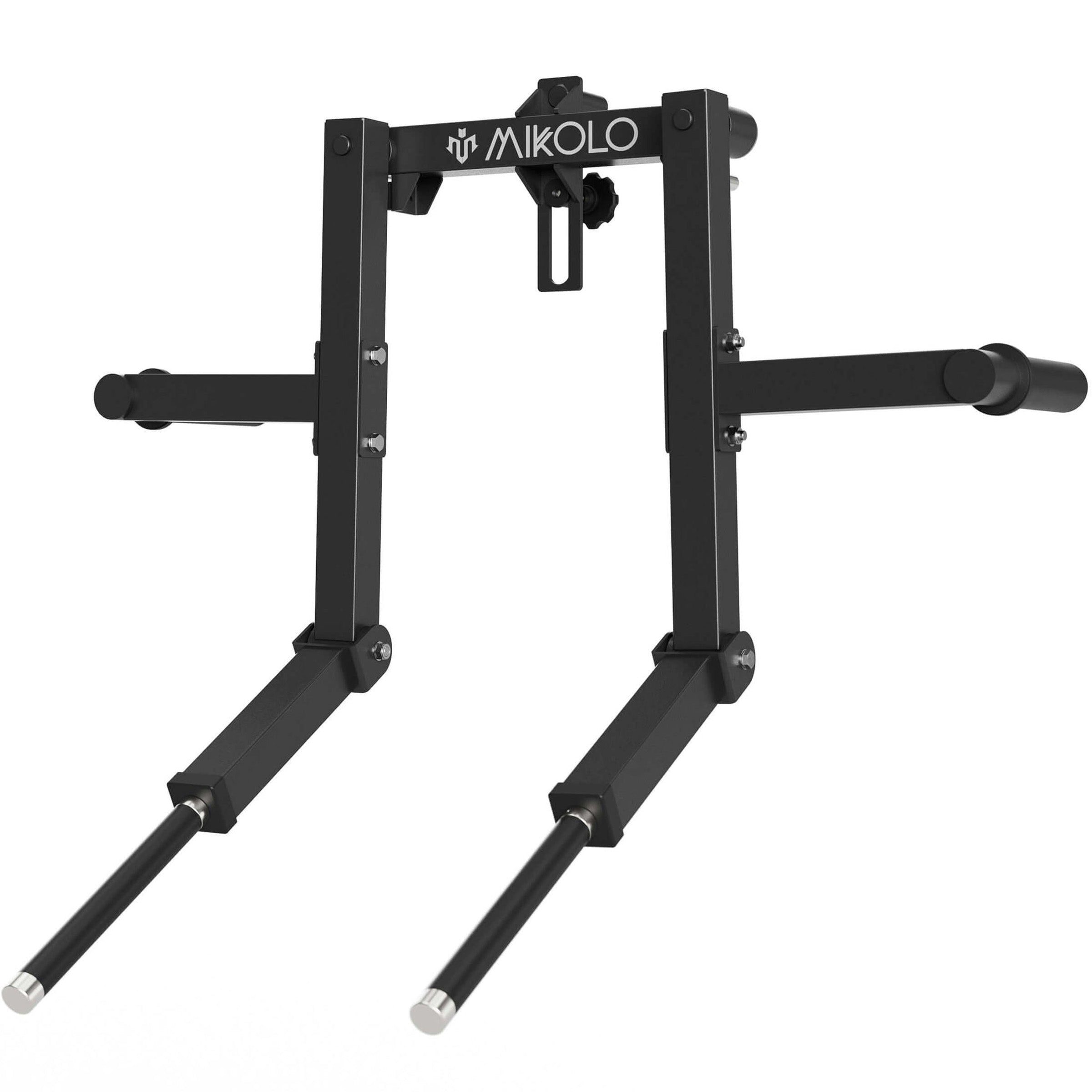
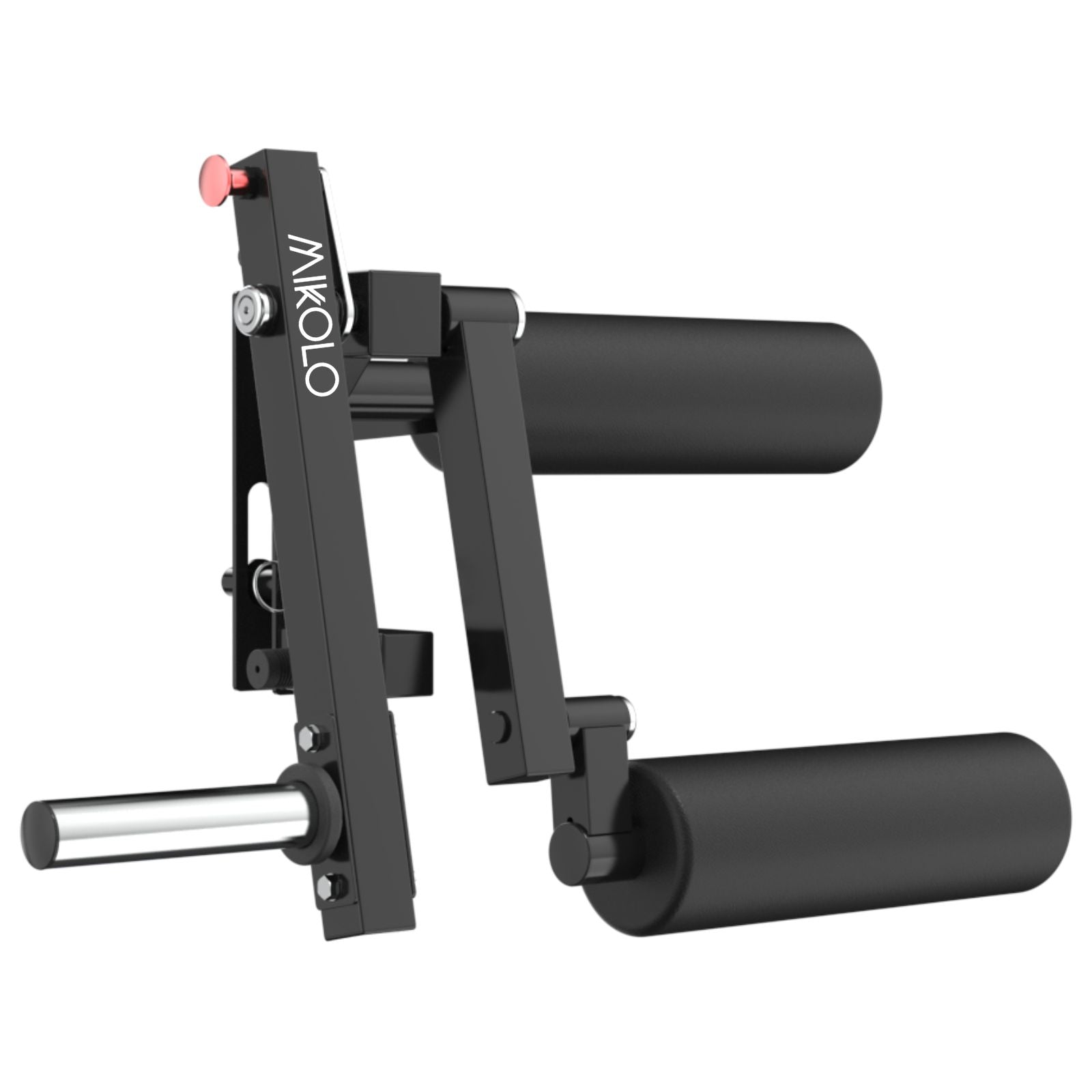















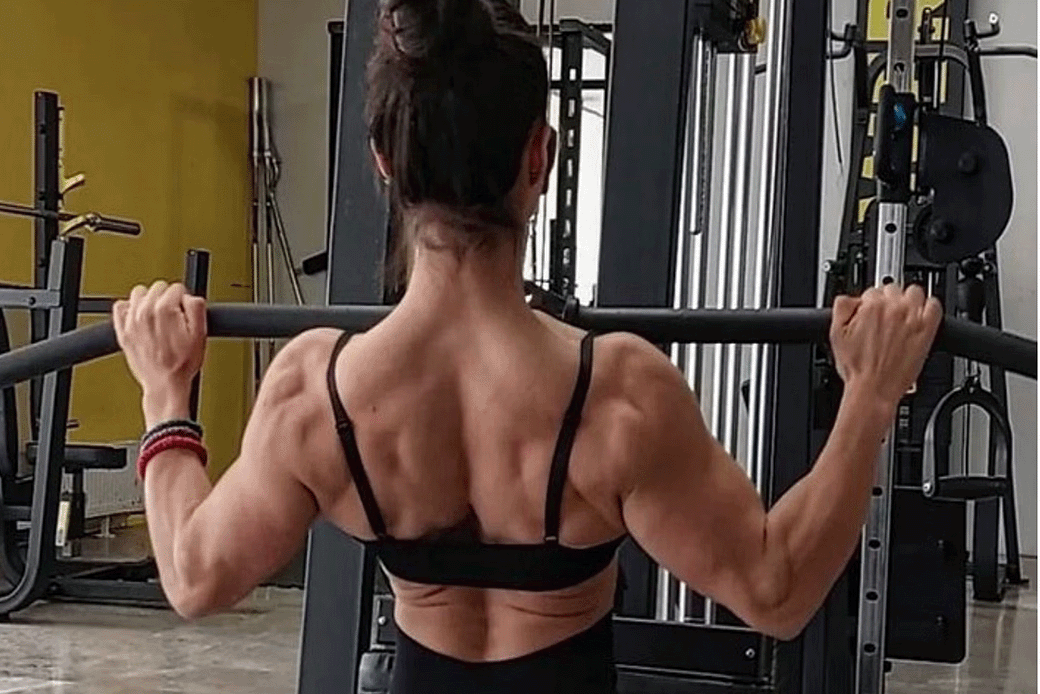

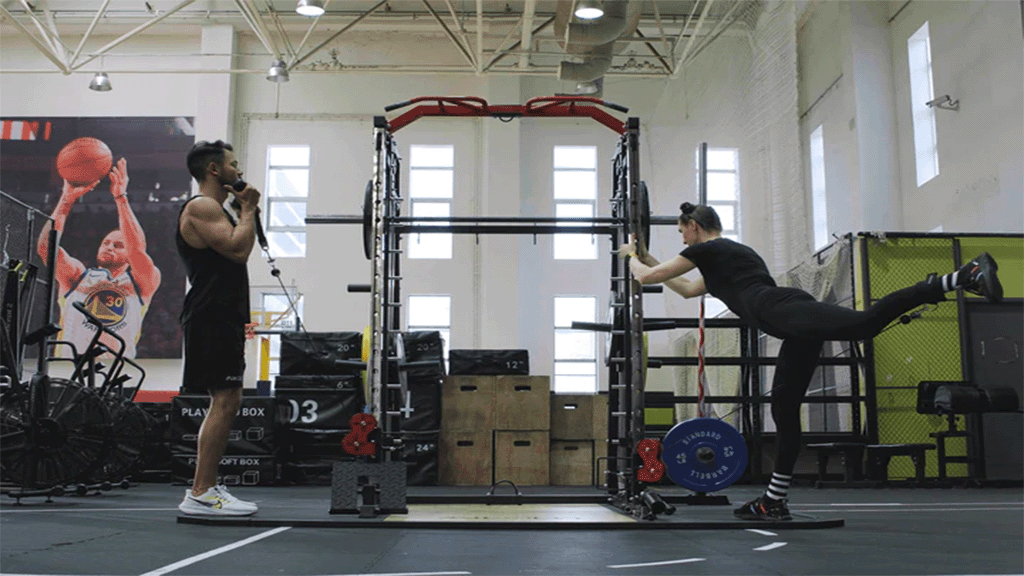
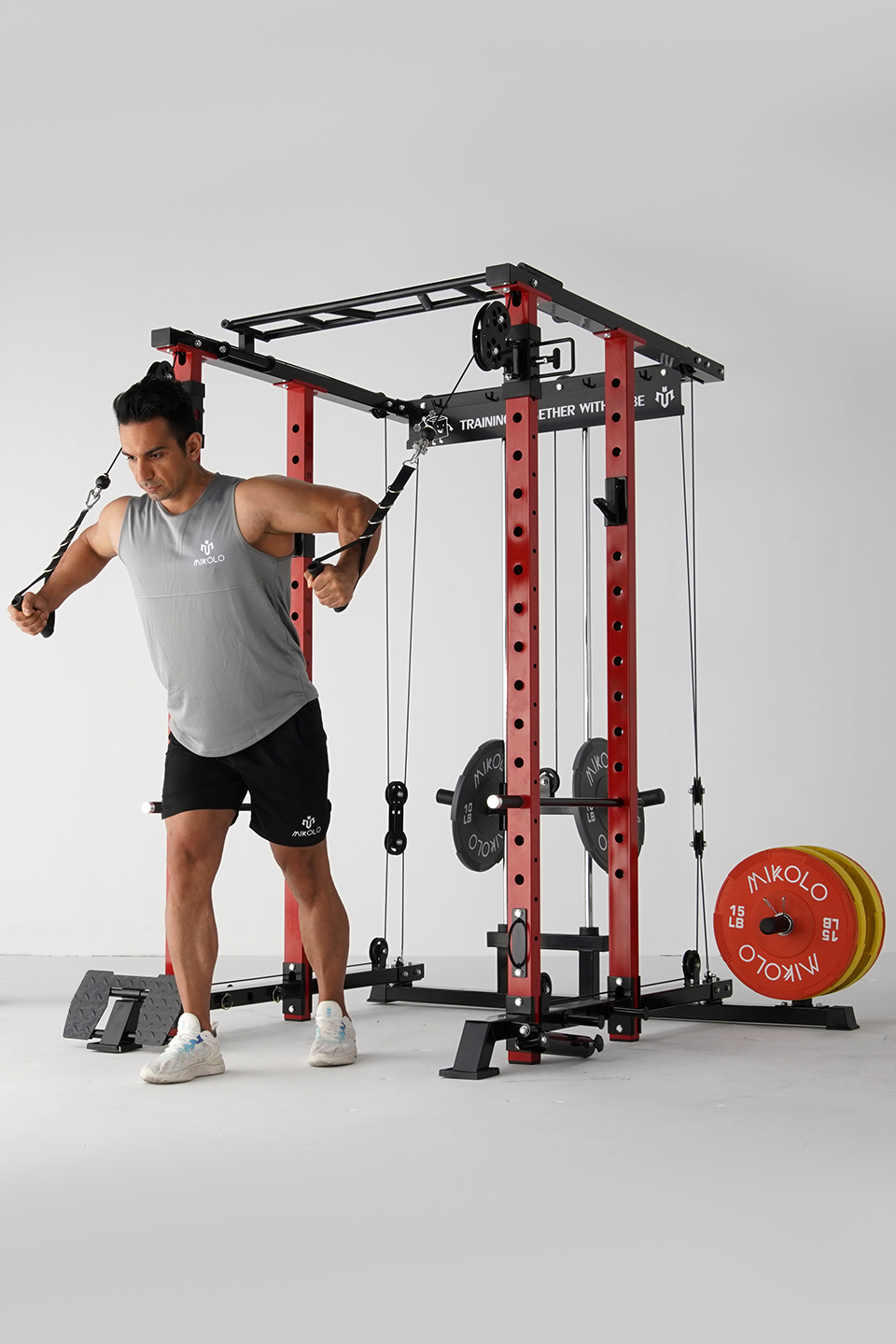
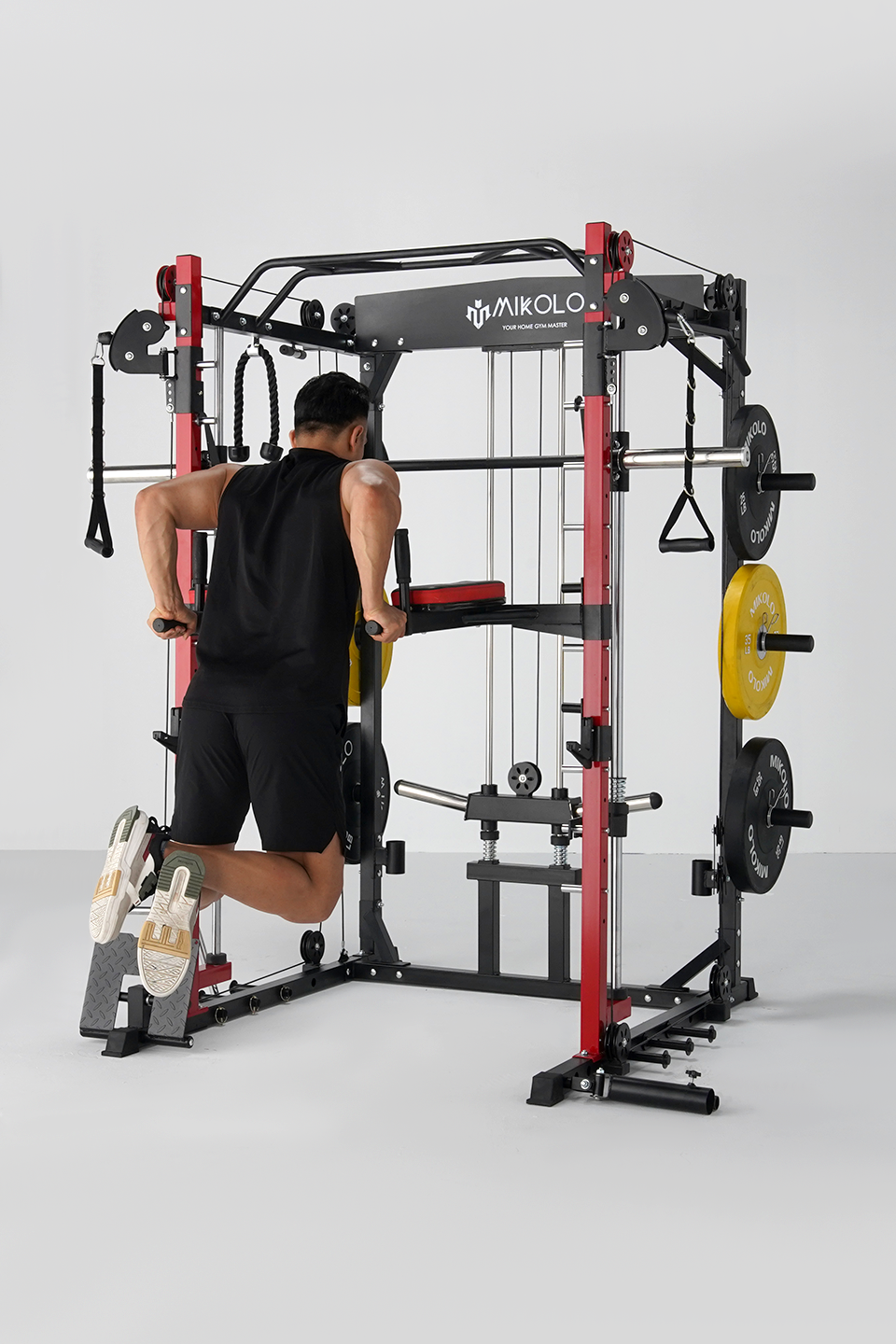


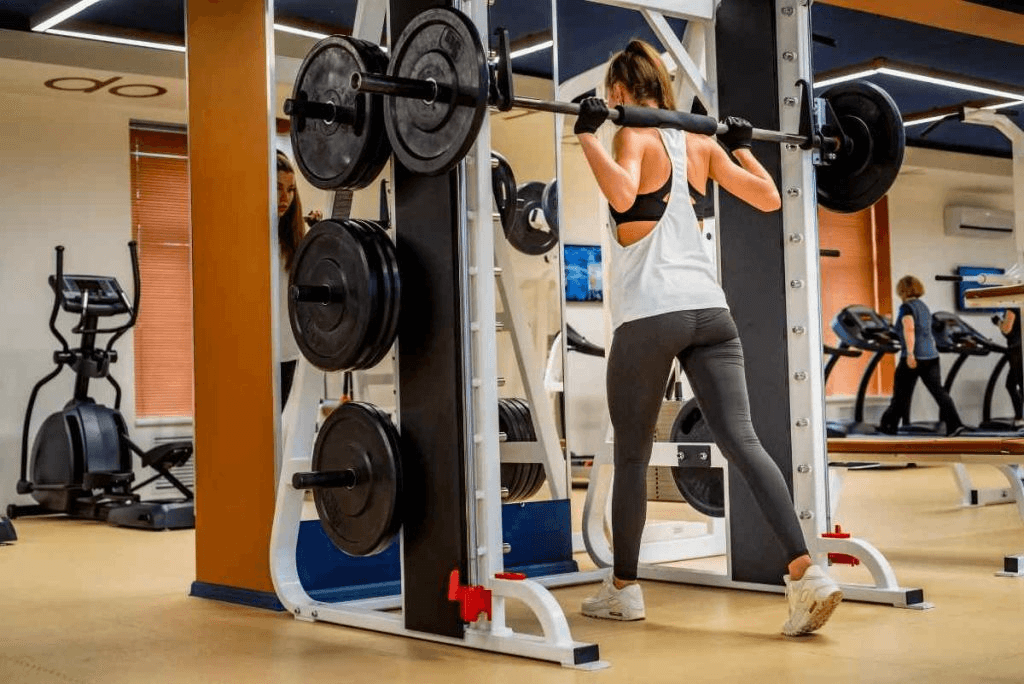
Leave a comment
This site is protected by hCaptcha and the hCaptcha Privacy Policy and Terms of Service apply.